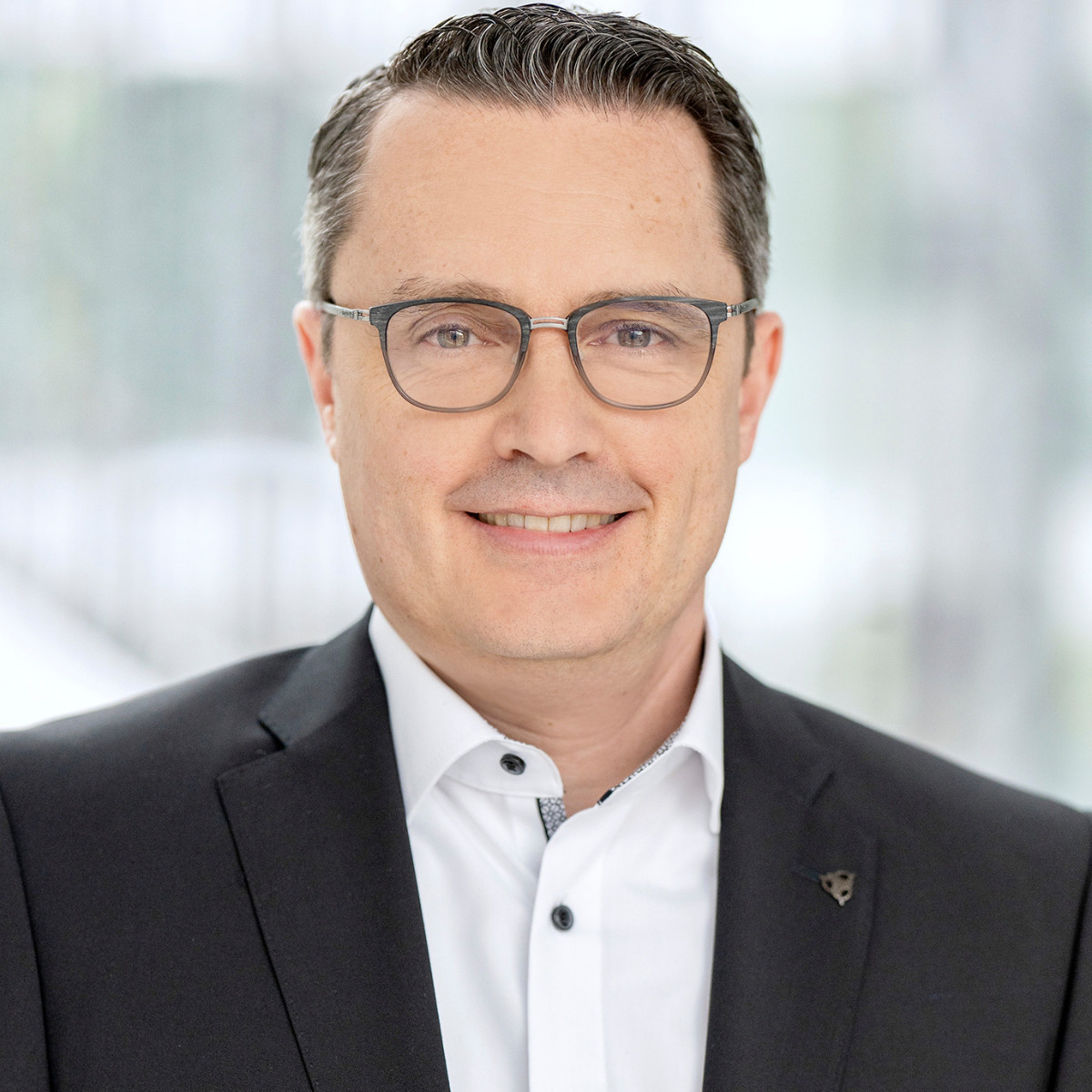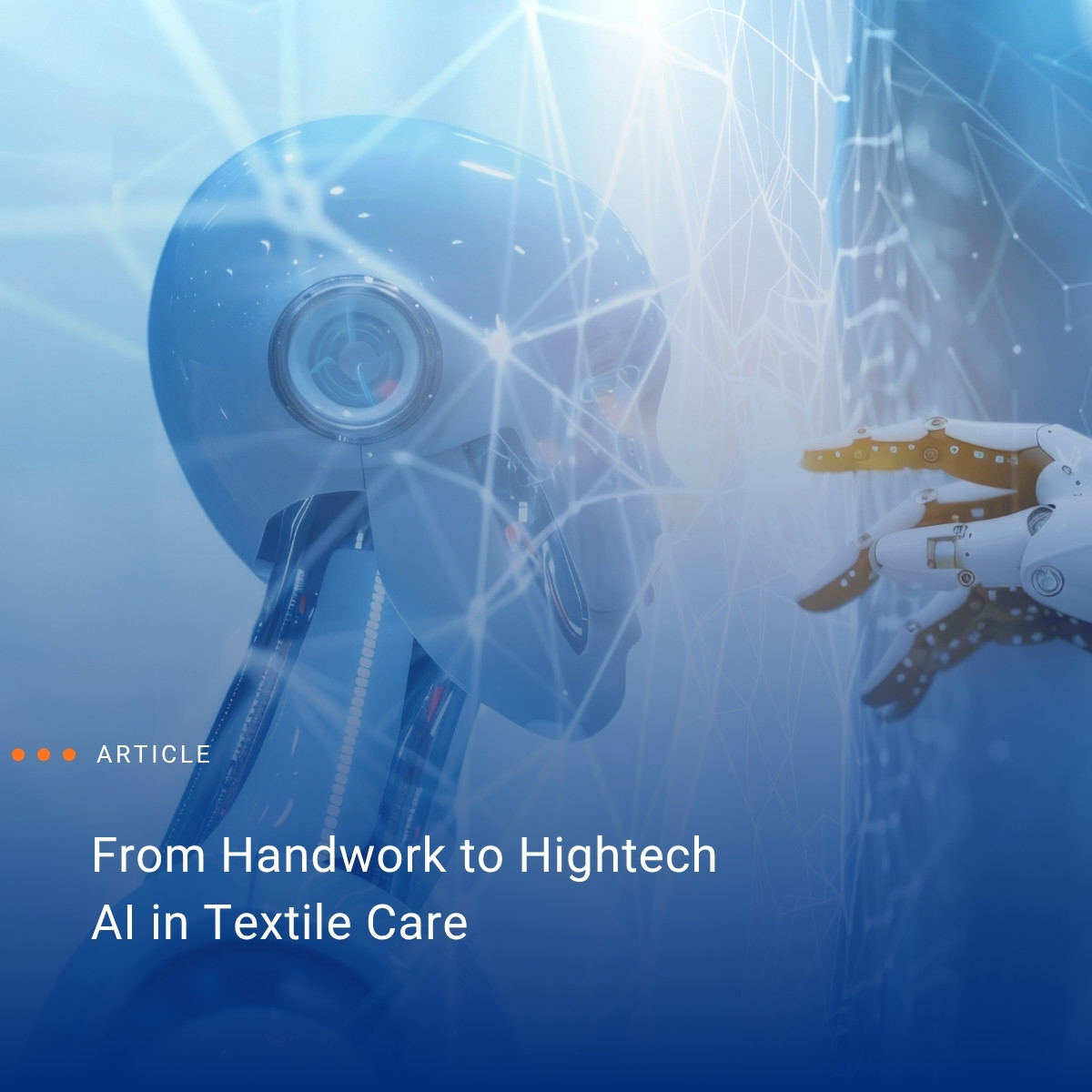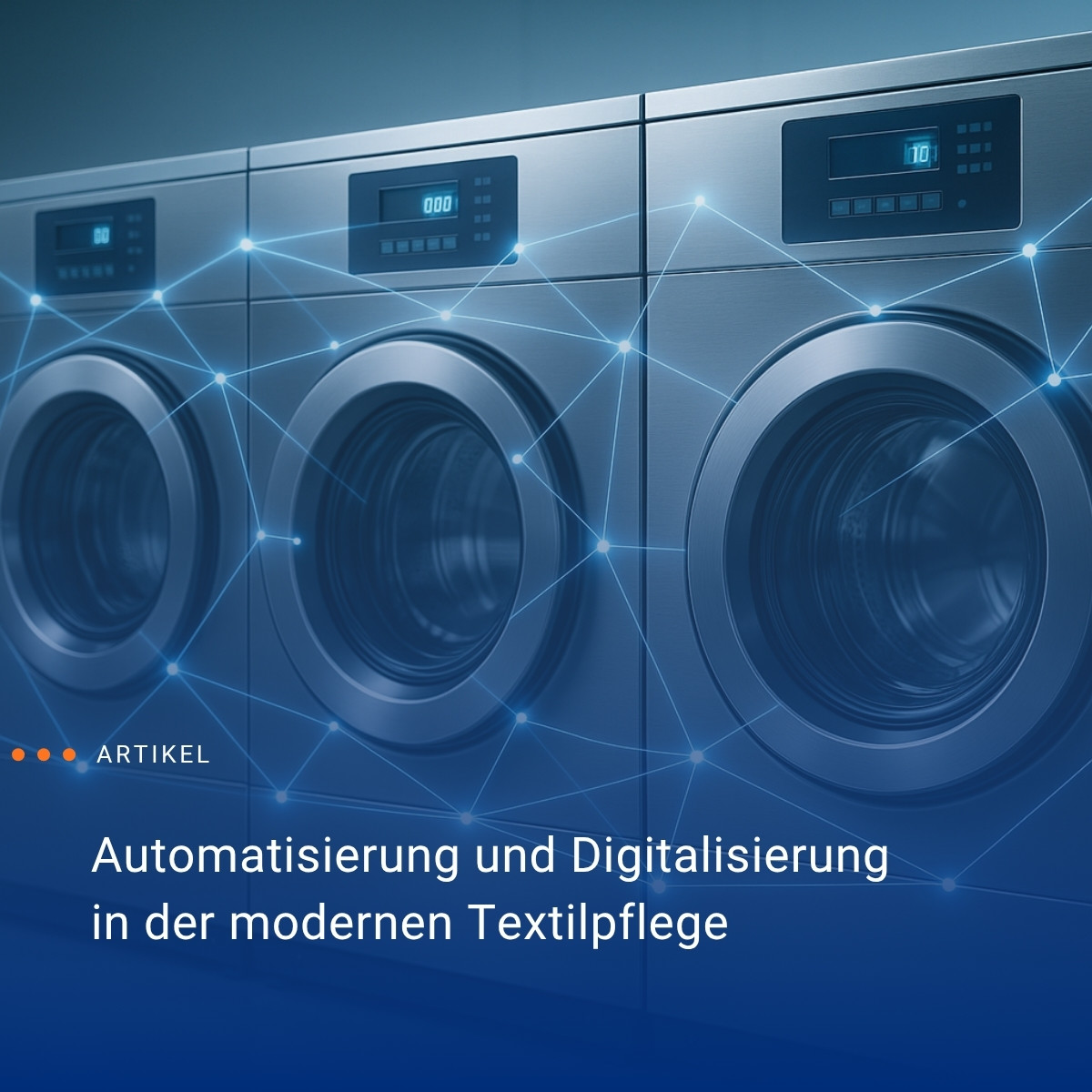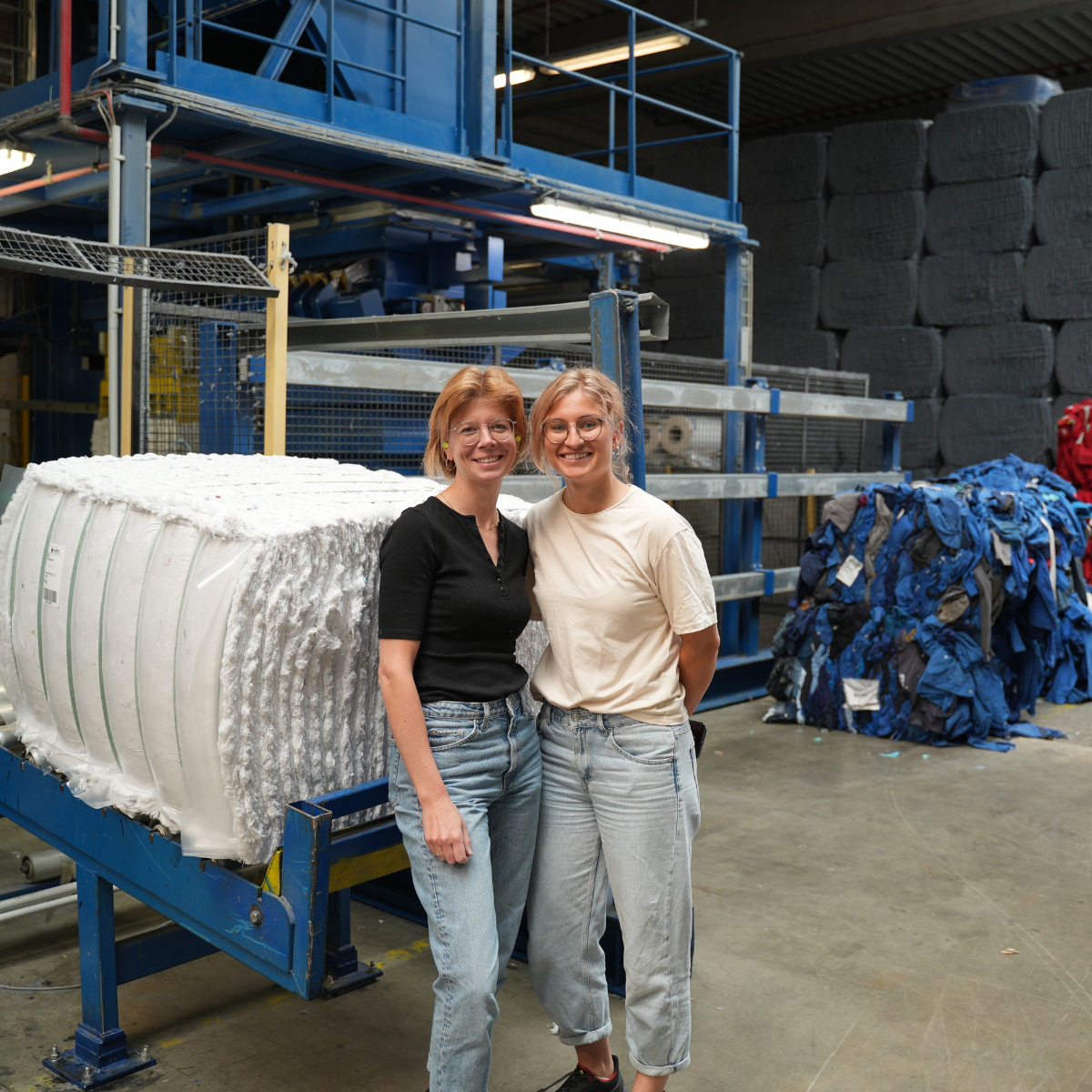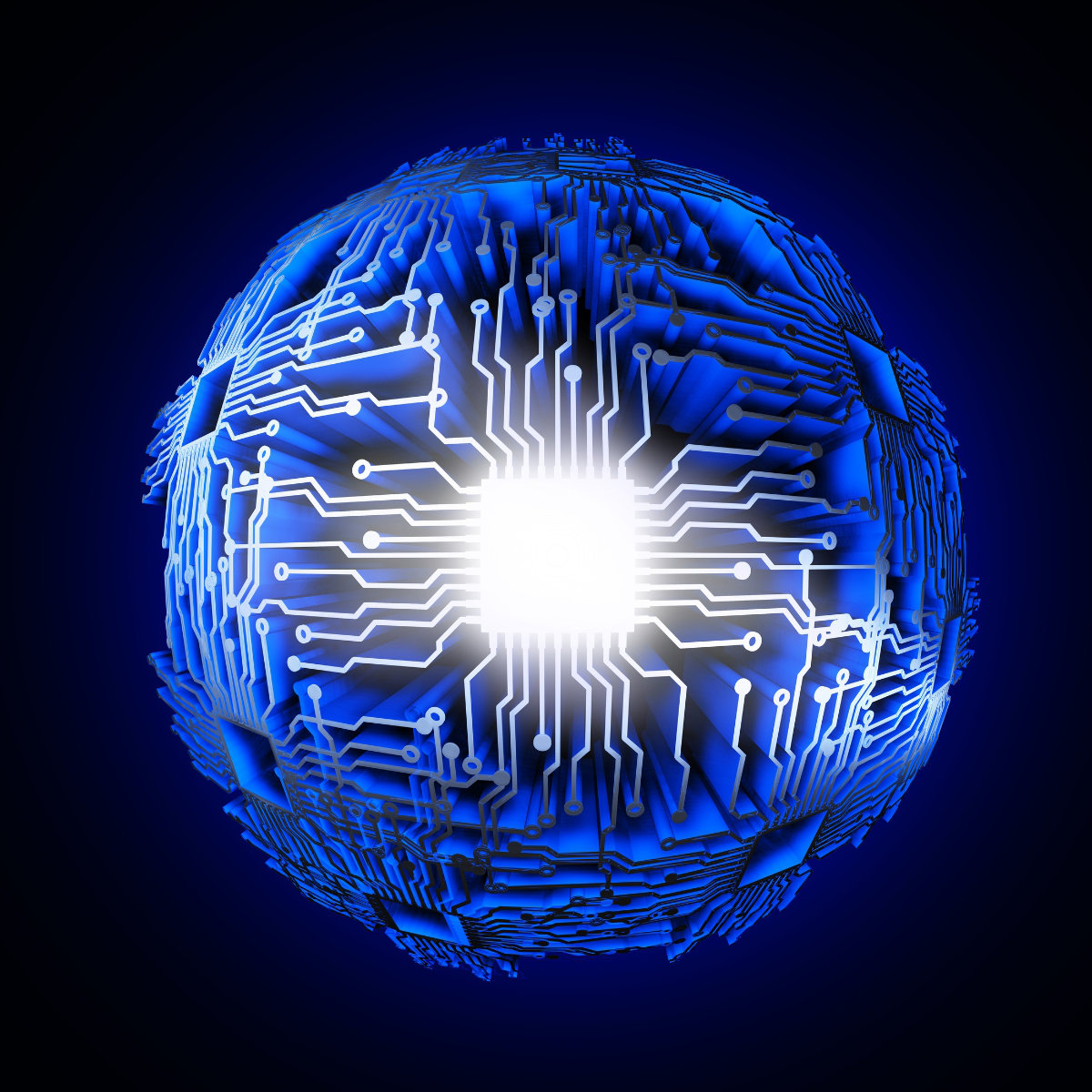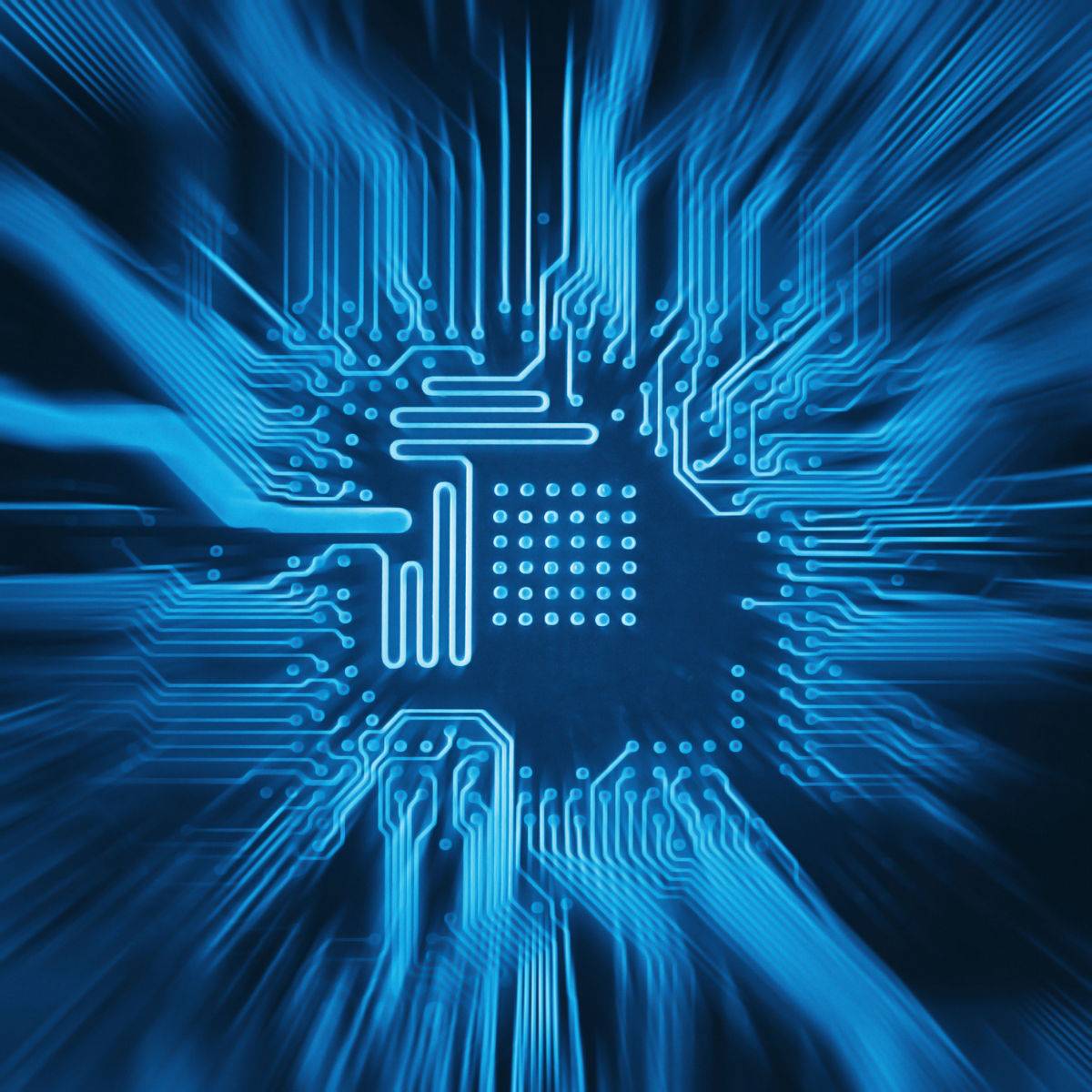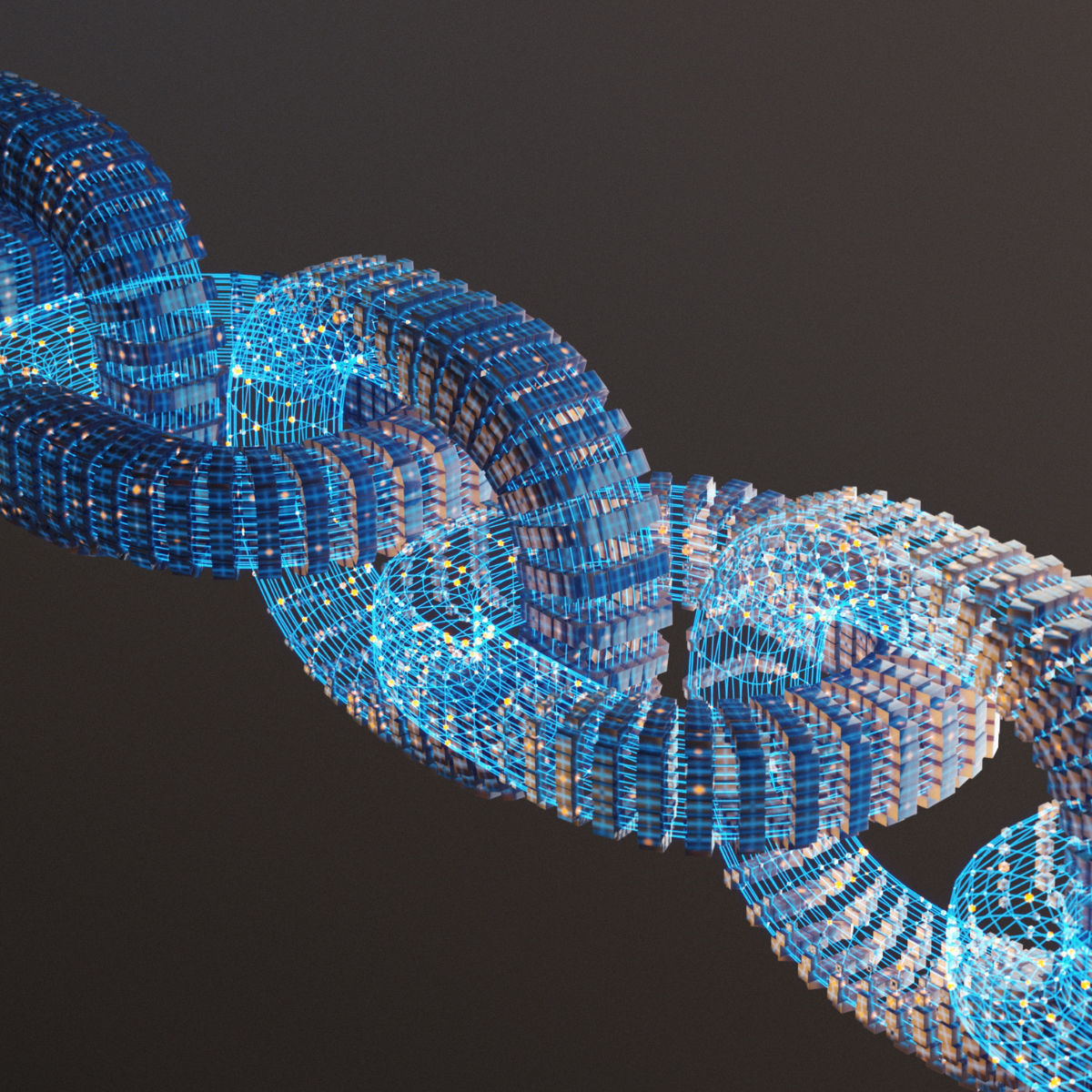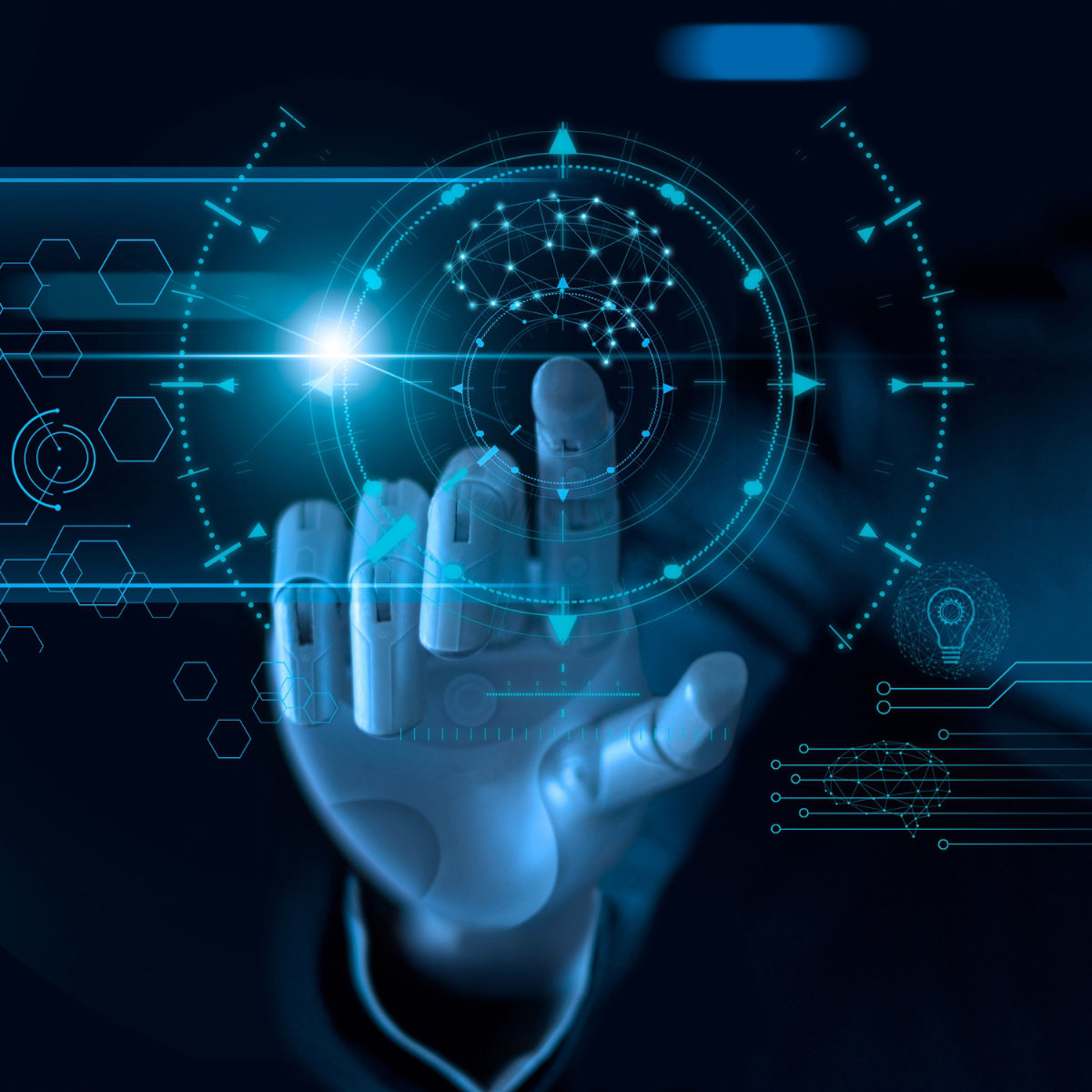Reading time: 7 minutes
Ralph Skornia of Miele Professional explains why digitisation in care homes is often lagging behind when it comes to professional laundry care, what this has to do with residents’ favourite jumpers, and what role AI could play in the laundry basement in future.
For over 125 years, Miele has stood for high-quality domestic and commercial appliances. As early as 1924, the company began producing laundry equipment for commercial use – laying the foundation for Miele Professional. Today, around one-fifth of the company’s revenue comes from this division, whose customers include hotels, launderettes, hospitals, laboratories, the pharmaceutical industry, nurseries, and cleaning companies. One of the oldest and most important customer groups in the professional segment are care facilities. Ralph Skornia is Customer Segment Manager for the Care sector at Miele Professional. His task is to identify global trends in elderly care in order to develop tailored solutions. One thing is clear: while digitisation is progressing in many areas of care, laundry care is often lagging behind.
Mr. Skornia, you observe the digitisation of care facilities worldwide. How does professional laundry care compare to other areas?
The entire sector is currently being driven by digitisation. Digital care documentation, digital staff rosters, KIM (Communication in Medical Care), IoT-enabled care beds, GPS trackers for patients with dementia, and fall detectors are becoming increasingly common – care is undergoing a digital transformation. One area where digitisation is still in its infancy, however, is housekeeping processes, particularly in laundry handling.

Give us an insight into a typical care home laundry room – what makes laundry care so challenging, and where do the digital hurdles lie?
In a typical care facility, there are usually two to three washing machines operating five to six days a week to process the laundry of 70 to 80 residents – that’s around 700 to 800 kilos per week. While 90 per cent of our current machine range is network-enabled and can digitally provide data on programme usage and consumption, the biggest challenge lies outside the machines. While digital tablets are often standard for care documentation in residential areas, there’s frequently no Wi-Fi in the laundry basement. That means the technical prerequisites for digital connectivity are simply not in place. Additionally, there are still no unified standards – neither for data formats nor for interfaces or configurations. Everything is still wide open, and each facility is left to integrate digital services in its own way. It’s still a bit of a Wild West scenario.
Are there Miele projects that are already functioning well digitally?
A good example is our collaboration with the Lindhorst Group, a care home operator with over 30 facilities. In this project, we introduced our digital workflow management system, Miele MOVE Clean+. It standardises and optimises cleaning processes in care homes and enables performance comparisons across sites. This helps management identify which facilities are already operating efficiently and where there’s still potential for improvement. In another project, which I can’t go into too much detail about yet, we used data on laundry volumes, weights and programme structures to develop models that reduced laundry days from seven to four – without compromising output or service quality for residents.
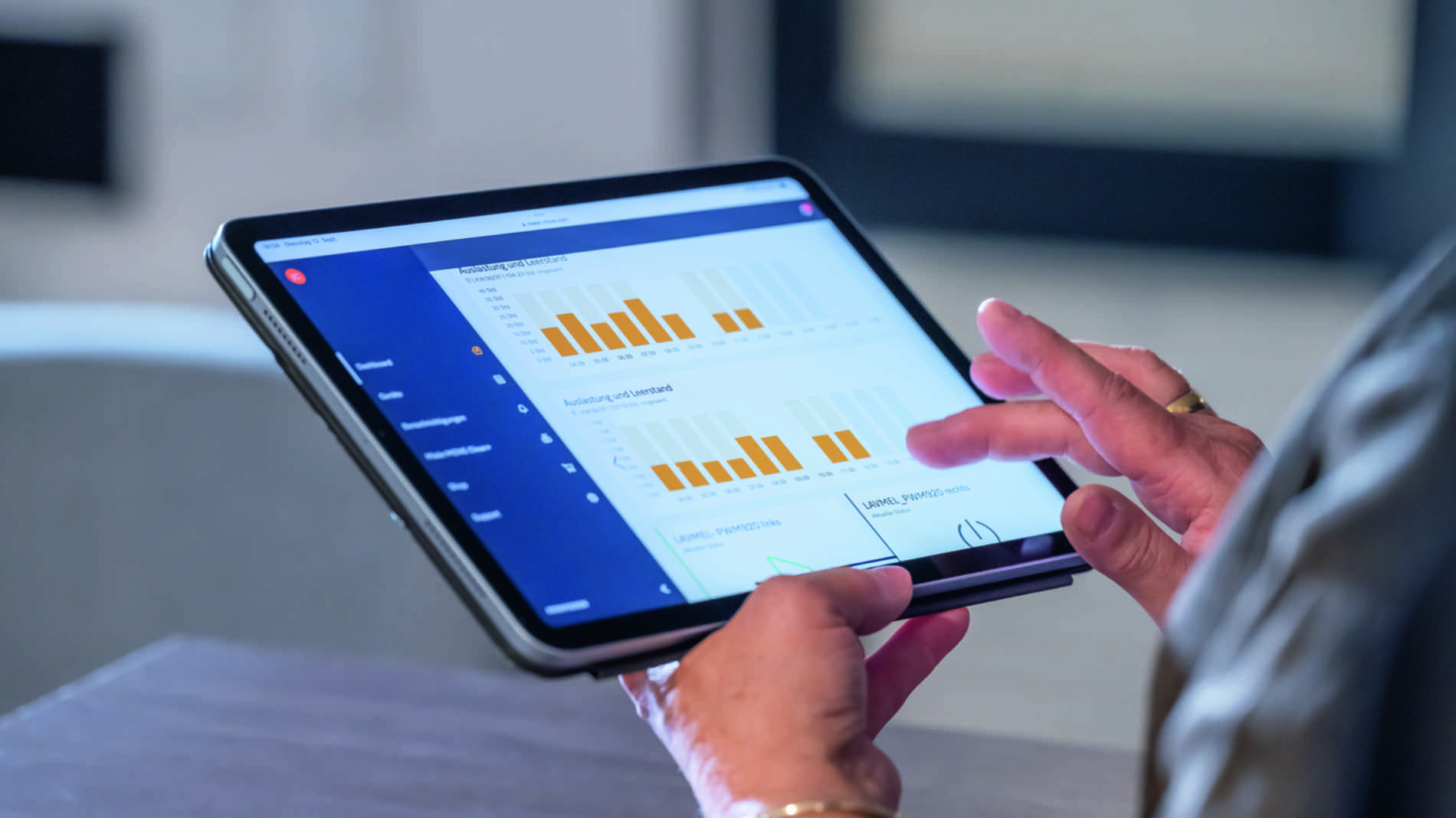
Miele MOVE Clean+ is available in 18 languages. How is digitisation changing teamwork in international cleaning and laundry teams?
Machines with the latest control systems and modern user interfaces help overcome language barriers, as different languages can be displayed. Digitisation supports the onboarding of new staff and makes it easier for career changers, especially those without prior experience in laundry care. This is particularly valuable given the lack of standardisation.
How does digitisation in care differ from other sectors?
Laundry processes in the care sector differ fundamentally from industrial laundries with tunnels, conveyors and automated machines. In care homes, much is still done manually: sorting, folding, and compiling laundry batches. It’s a series of small but essential steps that make the process complex. And we’re talking about resident laundry, one of the most sensitive and diverse categories – silk blouses, wool jumpers, shirts, jogging bottoms, in various fabrics and colours, all requiring individual care. Properly processing this laundry is an art in itself. While larger items like towels or bed linen are often outsourced, resident laundry typically stays in-house due to its emotional value for residents – it represents a part of their personal dignity and quality of life.

What structural challenges do care homes face in terms of digitisation?
It’s often a matter of prioritisation – and a certain level of reluctance. Naturally, care comes first. That’s the core business. But there is considerable pressure to digitise: mandatory requirements like KIM, electronic patient records, and e-prescriptions all rely on robust digital infrastructure. This creates enormous momentum for operators to catch up. Add to this the training required for staff who are switching from pen and paper to digital documentation – a resource-intensive process. In this context, topics like Wi-Fi in the laundry room often get pushed aside. This is especially true in older buildings. In new builds, Wi-Fi coverage throughout the facility is becoming more common – partly because residents themselves now expect it.
Speaking of Artificial Intelligence – is Miele Professional already using AI? If so, for what?
We are actively exploring AI, especially for interpreting machine data: how can we derive actionable insights from collected data? AI can help analyse large datasets and optimise processes – keyword: Big Data. In the context of skilled labour shortages, it's crucial to ask: how efficient are my processes? Are my employees being deployed effectively? Where can improvements be made? For that, you need solid data. Benchmarking and standardisation are especially relevant for operators managing multiple facilities – including in laundry care. There is growing awareness at management level that more transparency is needed here. That said, data privacy must always be considered. These systems are not meant to monitor employees.
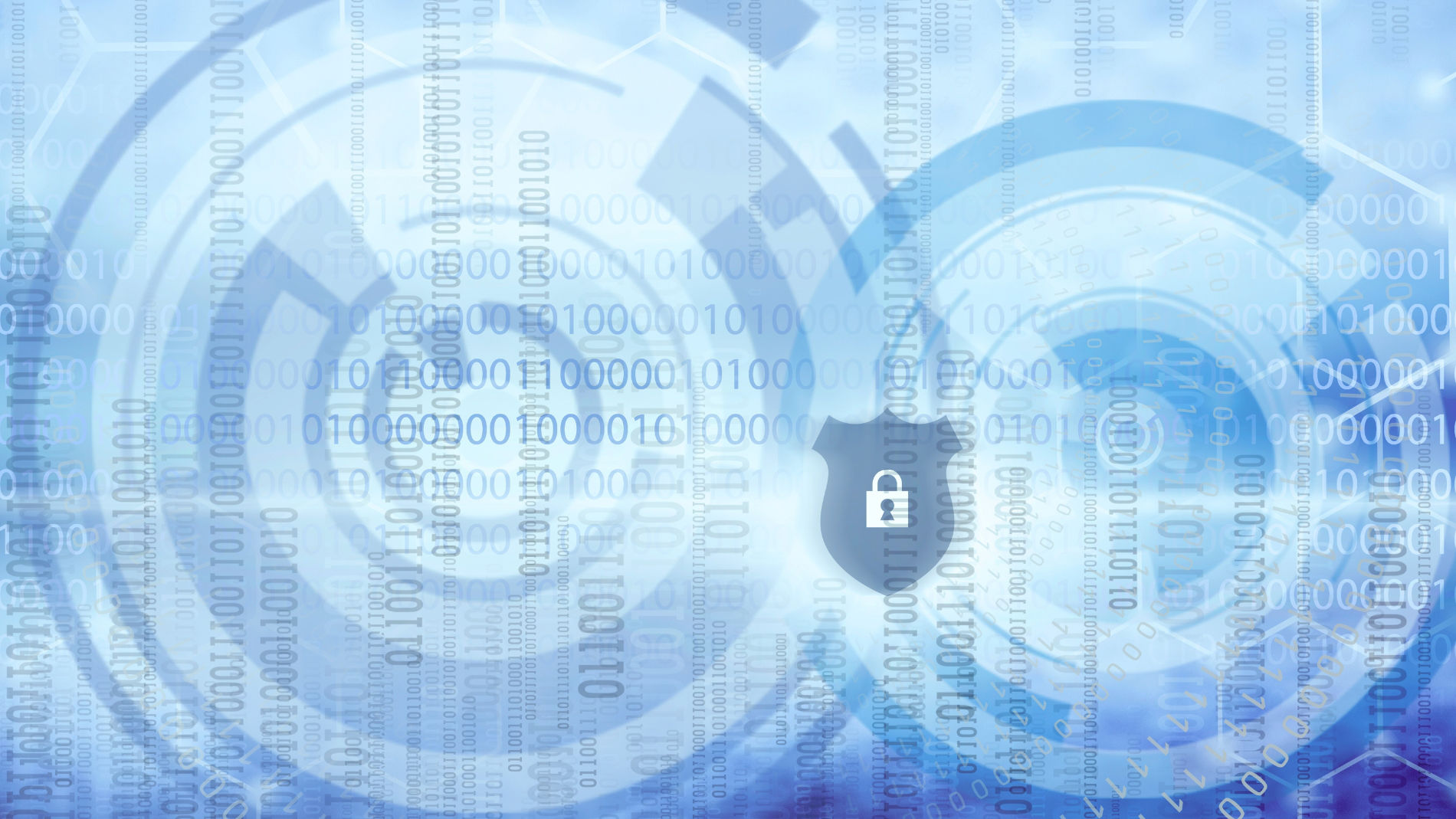
What role does cybersecurity play in the digitisation of care facilities? What specific data protection challenges do you see?
This is a very important topic. By default, all personal data falls under the GDPR and belongs to the facility or the residents. Our machines only collect process-related data, such as washing programmes, error messages, temperature profiles, and consumption – everything related to machine performance. We do not collect any data that can be traced back to individuals. Another key point: the data belongs first and foremost to the customer. If we want to evaluate machine data, it’s only with the customer’s written consent. If a customer declines, we don’t get access to their machine data – and that’s perfectly fine. There’s also often the question of where data is stored. Is the cloud in Europe, the US, or China? We’ve therefore developed our own European cloud solutions.
Care facilities are subject to strict hygiene and documentation regulations. How can digital technologies help?
Machines today can store and provide all necessary data. Via Miele MOVE Connect, we can access details on programme cycles or logs of completed and interrupted washes. Especially in the case of an infection outbreak – say norovirus – it’s essential to run certified RKI programmes. These are developed according to Robert Koch Institute guidelines and include specific temperature levels and hold times. There are also special programmes for faecal contamination that ensure both mechanical and disinfectant performance. Paper-based documentation is increasingly being replaced by digital alternatives.
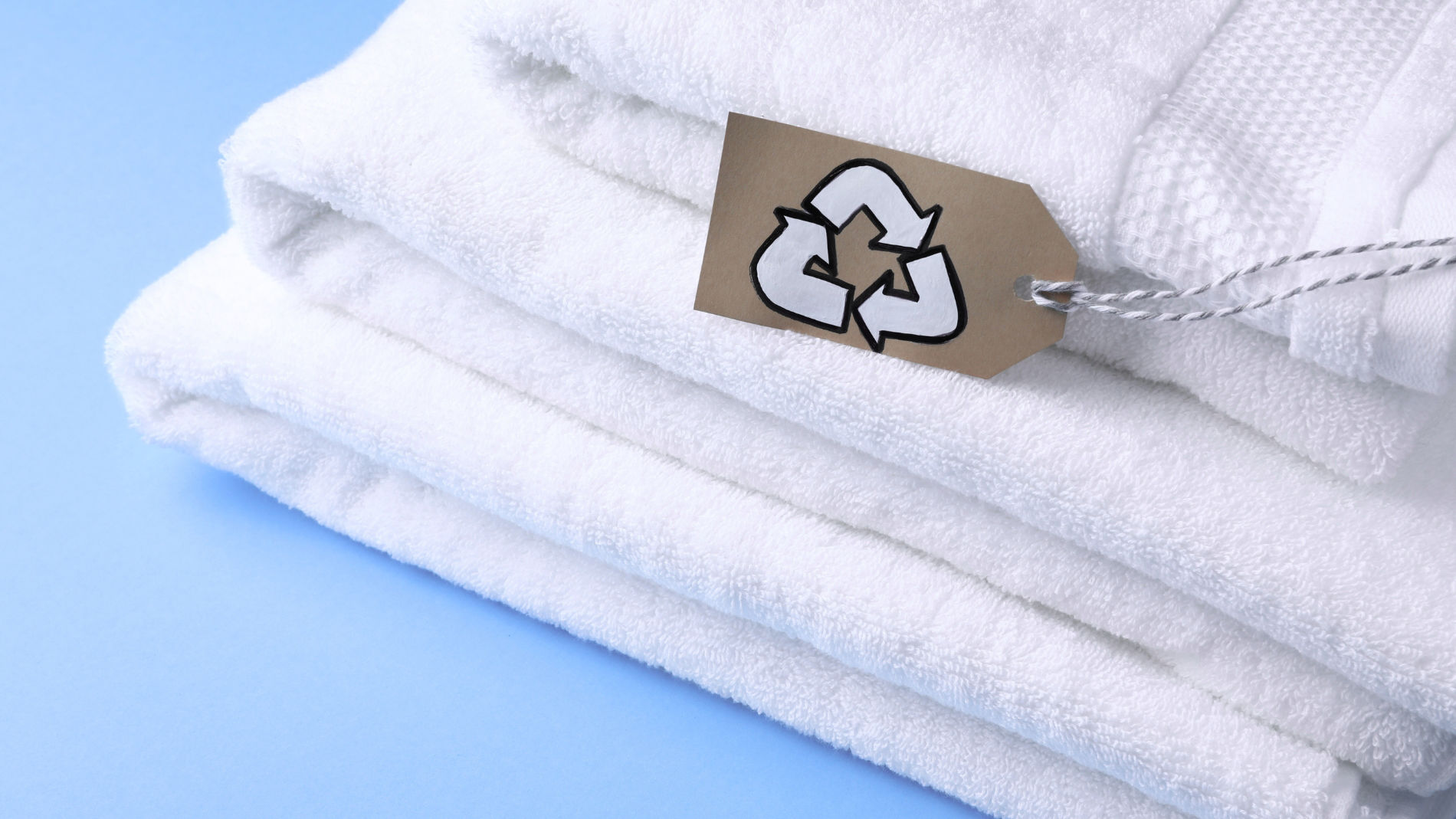
How can digitisation contribute to more sustainable laundry care?
Our latest machines feature sensors that adjust resource consumption to load volume. Given rising energy prices, running costs in laundries are a huge concern. If a smart machine can weigh the load and adapt water and energy usage accordingly, that’s a significant gain. Laundry managers can also generate reports on laundry distribution – for instance: what items were processed on which days? This information can be displayed via dashboard, either on a PC or tablet.
How do you assess the potential of “smart textiles” in care?
Smart textiles are an exciting prospect, particularly for high-volume items like terry towels and bed linen. For personal garments, they currently play a minor role. The next step would be to embed digital information in the fabric – for example, manufacturer details, materials, or age. This data could help simplify sorting. You’d instantly know: that’s cotton, that’s the right programme. But this is still very much a vision for the future.

If you could think freely – what do you imagine is the future of laundry care in care facilities?
The goal could be a washing machine that only needs to be loaded – and it autonomously selects the right programme. Automation will soon become far more relevant, especially when you consider what robotics can now achieve. We’re talking about loading and unloading, sorting, and internal transport. What already works in industrial laundries will be adopted by smaller facilities. A robot might be equipped with a camera and recognise, for example: this is Mrs Müller’s favourite jumper, made of this or that fabric, requiring a specific wash cycle. The question is no longer if, but when. And at Miele, we want to be the first to offer the right solutions.
Mr Skornia, thank you for the interview.

